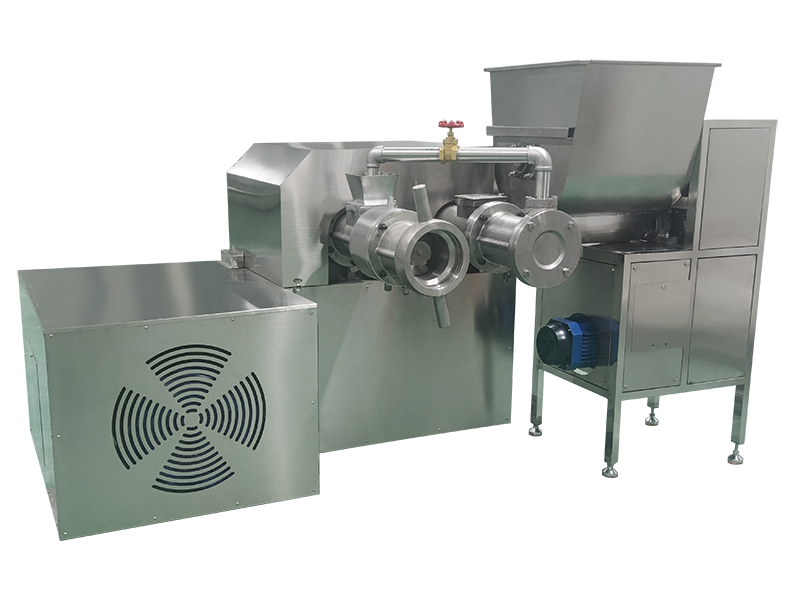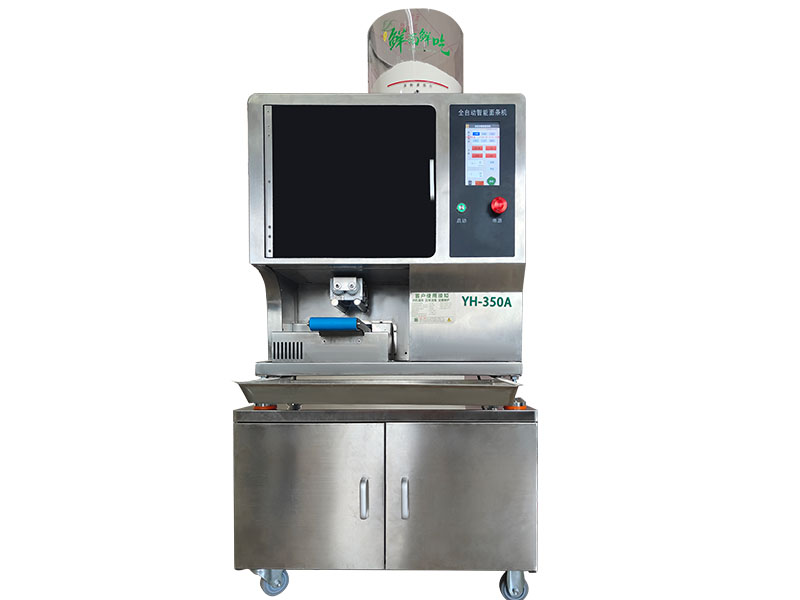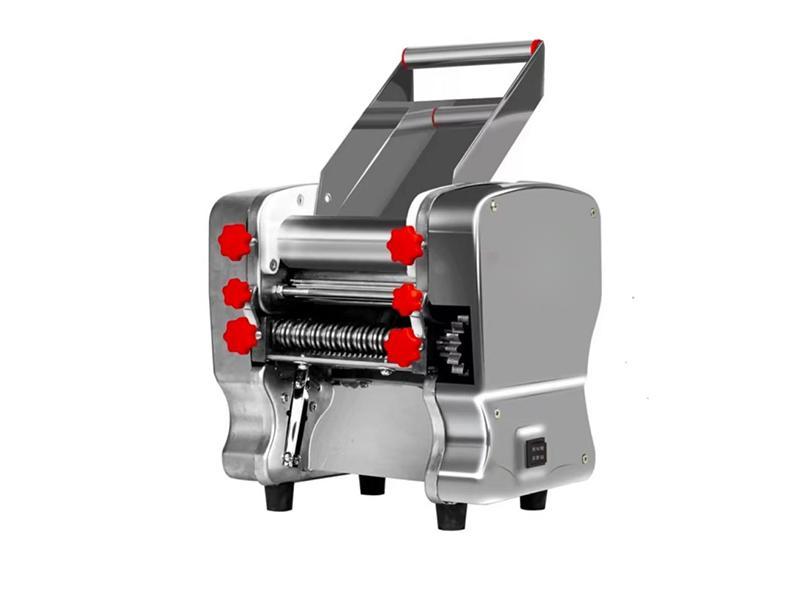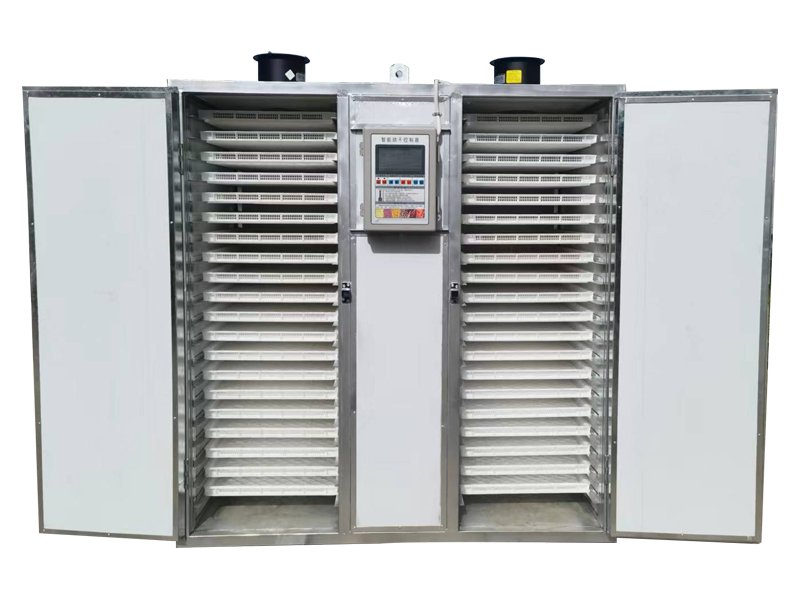
News Detail
Analysis of the Impact of Steaming and Drying Systems on Rice Noodle Quality
Introduction
With growing consumer demand for better texture, elasticity, and nutrition in rice noodles, manufacturing technology has become the key factor determining market competitiveness.
Among all processing stages, the steaming system and drying system play decisive roles in shaping the elasticity, transparency, chewiness, and rehydration ability of the final product.

Role and Key Parameters of the Steaming System
In rice noodle production, the steaming stage completes starch gelatinization, allowing rice noodles to form a stable structure.
1. Temperature and Time Control
Steaming is typically conducted at 95–100°C for 3–8 minutes, depending on noodle thickness.
Insufficient time leads to incomplete gelatinization and breakage, while excessive steaming causes stickiness and texture loss.
2. Uniform Steam Distribution
The use of sealed steam chambers or multi-layer tunnel steamers ensures even heat transfer and prevents localized overheating.
3.Continuous and Energy-Efficient Design
Modern production lines integrate automatic temperature control and continuous conveyors, improving efficiency and batch consistency.
Conclusion:
An efficient steaming system enhances structural stability and ensures that noodles maintain shape and elasticity during drying — a foundation for premium noodle quality.
Types of Drying Systems and Their Effects on Quality
Drying determines the final stability and storage properties of rice noodles. The goal is to remove moisture evenly without damaging the starch network.
1.Natural vs. Mechanical Drying
Traditional sun-drying is weather-dependent and uneven, while hot-air circulation dryers provide controlled, consistent drying conditions.
2.Multi-Stage Temperature Control
Modern dryers use gradual heating (e.g., 45°C → 55°C → 65°C) to prevent surface cracking and improve elasticity.
3.Energy Efficiency and Water Savings
New-generation dryers adopt heat recovery and air recycling systems, reducing energy consumption by 20–30%.
Conclusion:
Scientific drying control maintains noodle color, smooth texture, and flexibility — ensuring excellent rehydration and consumer appeal.
Coordinated Optimization Between Steaming and Drying
High-quality rice noodle production depends on the coordination between steaming and drying systems, rather than on individual equipment alone.
Moisture Control After Steaming:
The noodles should reach 30–35% moisture before drying for optimal dehydration.
Pre-Drying Cooling and Stabilization:
Cooling belts prevent sudden temperature drops and brittleness during drying.
Digital Process Control:
Advanced lines integrate PLC systems with touch-screen interfaces for real-time adjustments of steam temperature, air velocity, and humidity.
Conclusion
In modern rice noodle manufacturing, the intelligent upgrading of steaming and drying systems defines both product quality and production efficiency.
By precisely controlling gelatinization and drying uniformity, manufacturers can significantly improve elasticity, mouthfeel, and shelf stability — gaining a strong competitive edge in the premium rice noodle market.
Zhengzhou Yunhe Food Machinery Co., Ltd.
From material to size, from appearance to function, we can provide various products to meet your specific application needs.
Why Choose US
We are a company specializing in food machinery. We are equipped with advanced production technology and equipment, dedicated to pursuing excellence in quality and creating first-class products.
Our Advantages
Our machinery is user-friendly, with a fully automated food processing line that includes automation functions to precisely control the production process. This greatly enhances production efficiency and ensures stable output for processed food.
In terms of quality, we use high-quality 304 stainless steel, which is sturdy, durable, and has a long service life. Our machines also offer flexible parameter adjustments to meet the production needs for various food specifications and textures. Additionally, the equipment is easy to clean and strictly adheres to national safety and hygiene standards to ensure food safety.





